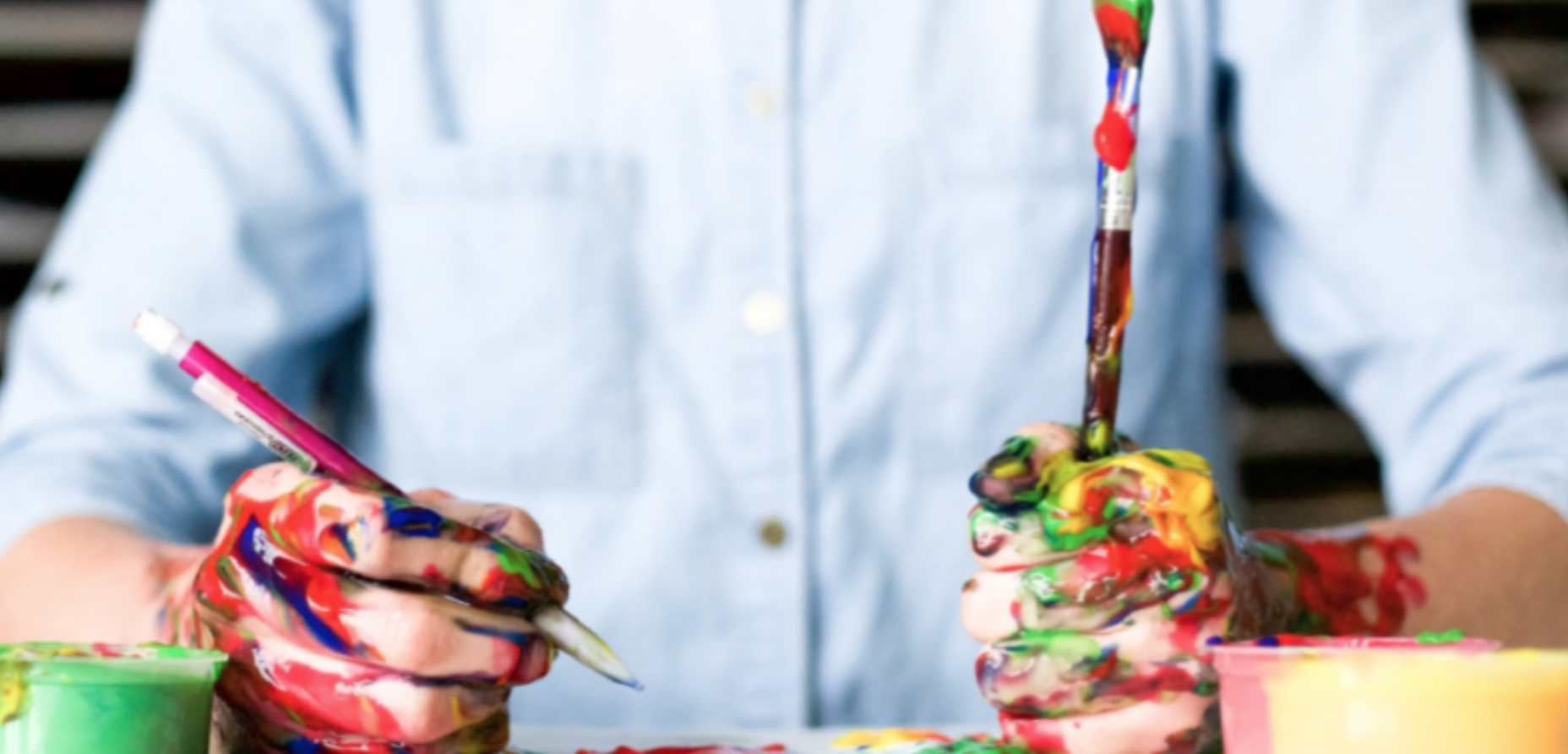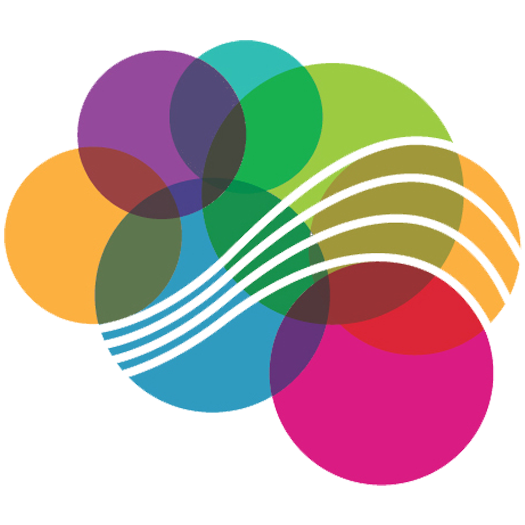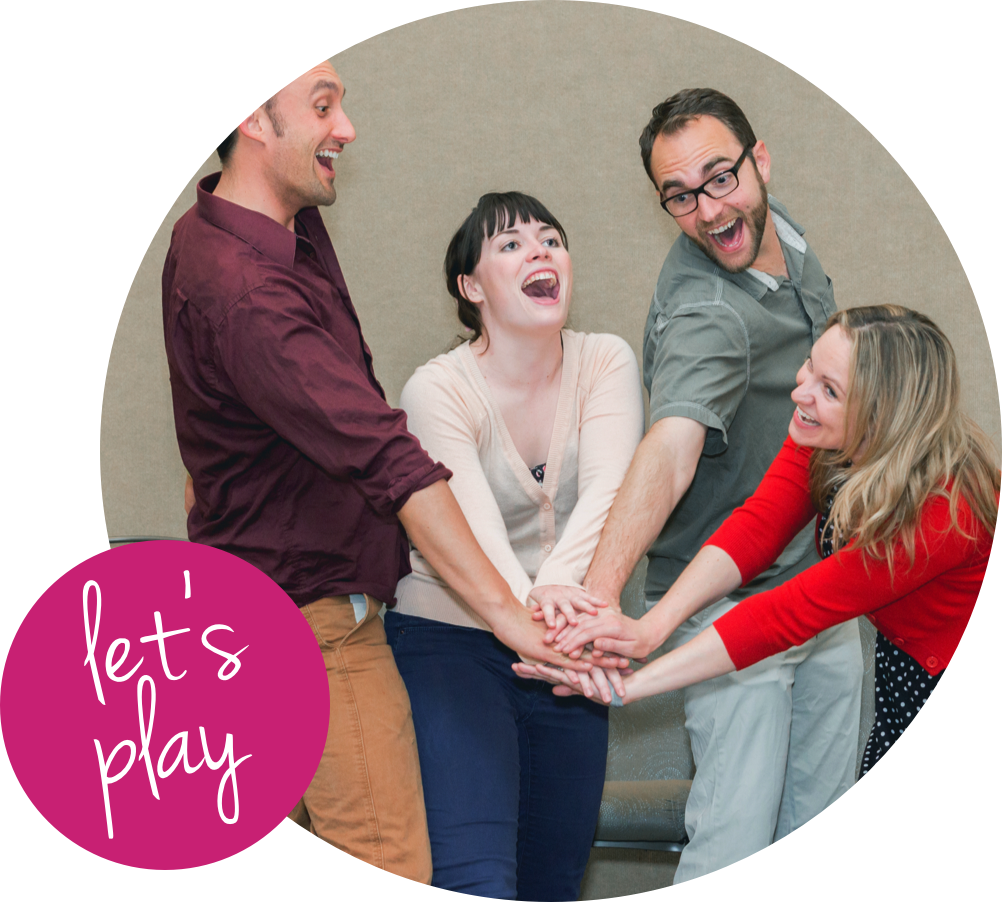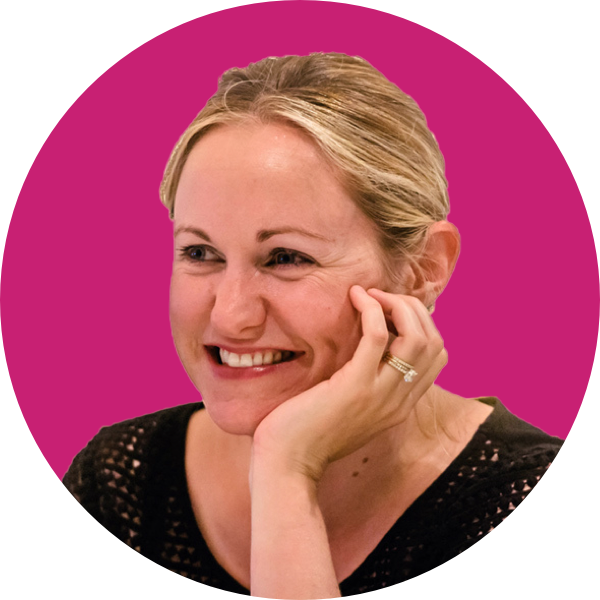To develop leaders, executive teams can implement the creative arts at work to train employees to embody a playful mindset for a more activated company corporate culture. For companies facing an uncertain future or dealing with a tricky, incipient problem, embracing the creative process at work is just what your company needs. The creative arts – defined as theater, dance, art, or music – train employees to embody a playful mindset– to be curious, to ask open-ended questions, and to see the big picture, all which fuel productivity.
Consider Steve Jobs, who dropped out of college in 1973. However, he still hung around Reed College in Portland, Oregon, to audit some classes, one of which was a calligraphy class. Taught by a Trappist monk named Robert Palladino, this class is said to have had a significant impact on Jobs and Apple. Jobs remarked, “[Calligraphy] was beautiful, historical, artistically subtle in a way that science can’t capture, and I found it fascinating.”
Without any direct application to his work at the time, Jobs dismissed the experience as merely enjoyable. Jobs recalls that 10 years later, when designing the first Macintosh computer, he called on his creative arts practice of calligraphy. It’s interesting to note that a creative arts practice, unbeknownst to Jobs at the time, became crucial to the iconic brand known for its aesthetically pleasing typography and design that give customers a unique and beautiful experience.
The innovative foresight to plug in creative arts into the world of tech and science is a differentiator for top companies today. Too often, companies face not necessarily a failure of execution but a failure of imagination, a characteristic that is hard to define and measure. Leaders can benefit from recognizing the success that can unfold from building teams with cognitive diversity, including some team members who are intuitively driven.
A creative or playful mindset is the ability to see challenges as opportunities for new possibilities and to activate the potential to create breakthrough results. This open, playful mode of thinking only happens when we turn off the inner critic.
What happens in our brains when during a creative arts practice? Early brain research from Johns Hopkins University shows that the parts of your brain responsible for self-monitoring, the frontal lobes, show much less activity during creative processes. Researchers used fMRI to measure the metabolic brain activity of jazz musicians and rap artists while they compose improvisational pieces. This study suggests that the normal inhibition that can be necessary during regular day activities is actively disengaged when you choose to inhabit a creative mindset.
A lot of people think creativity is purely innate. While a person can’t paint and instantly become innovative, having experience with the creative arts can bolster her ability to think more innovatively.
The renowned American inventor Alan Kay famously said, “The best way to predict the future is to invent it.” In order to stay competitive, companies need to value the creative arts as a critical asset to innovation culture.
Depending on your current play preference and the context you’re in, choose a creative arts practice- whether it be theater, dance, art, or music, that is right for you.
|
Play Type |
How to Play | Why Play? |
|
Imaginative Play |
Art: Doodle |
Doodling is a playful practice which has been shown to enhance recall and activate unique neurological pathways, leading to new insights and cognitive breakthroughs |
|
Physical Play |
Dance: Put 5 min on the clock & just move to the music or go for a walk |
Growing research suggests that when we dance, our capacity to collaborate and harness our intuition skyrockets |
|
Social Play |
Theater: Host a PlayBreak for employees to connect in fun ways |
Gallup polls found more social interactions, whether work-related or not, lead to higher productivity |
|
Object Play |
Music:
Strike a beat at your dining table or play an instrument |
People who play music are able to solve problems more effectively and creatively, have better executive functioning, and have a better working and long term memory |
Just as you can use play to fuel your productivity, so too you can use creative arts practices to feed the capacity of your office. Both play and the creative arts can activate your culture to have more innovative solutions-oriented mindsets and the development of ideas.
Watch this video to learn about the different types of play and why it’s valuable to incorporate them into the workplace!













